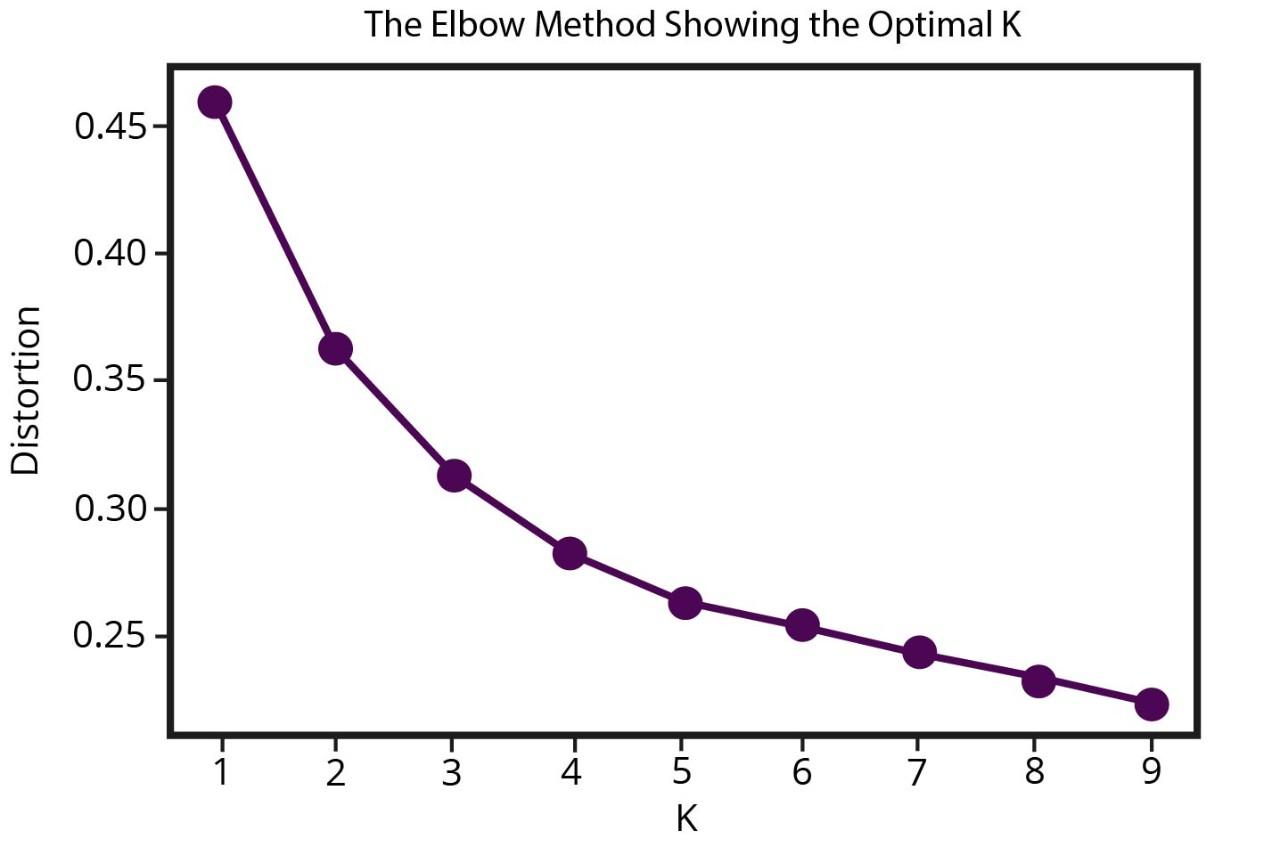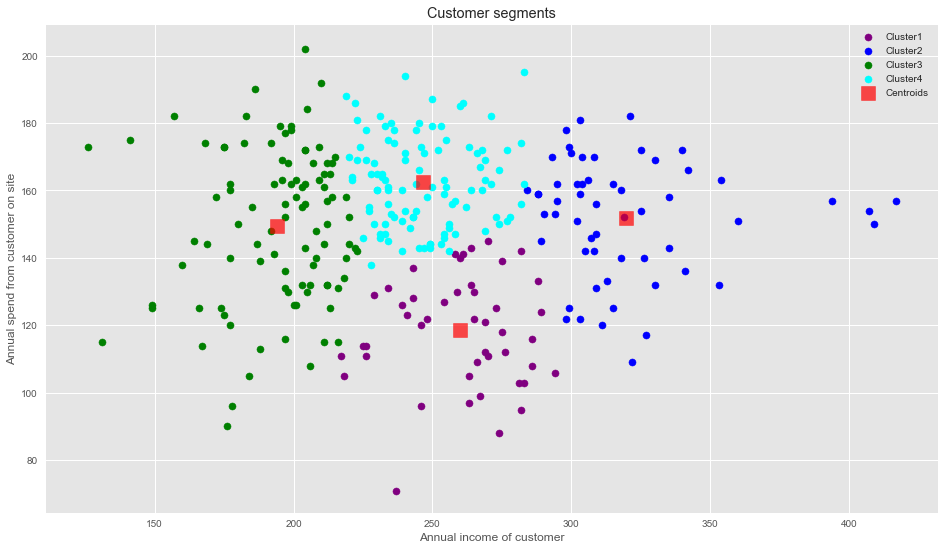How to segment and define personas using data-driven methods

Most organizations are familiar with the concept of using personas to relate to their customers and guide business decisions based on their preferences and behavior. But is your business utilizing the full potential of data-driven personas to optimize your marketing strategy with experiences personalized to your customers? Segmenting your audience into these persona categories based on historical data and characteristics relevant to your industry takes the guesswork out of how to target different types of customers and where to invest your resources.
Netcentric’s Data Analyst, Madalina Ghinea helps businesses harness the power of data to understand and segment their audiences and effectively optimize their marketing strategies. She offers a wealth of insights into how big data and technology have revolutionized our ability to draw accurate pictures of customers based on their characteristics, preferences, and behaviors. This translates into increased revenue and returns.
Personas in the age of big data
With the rise of big data, companies can now leverage statistical models to segment customers based on patterns that emerge organically from the data and tell us which factors are relevant to a customer’s behavior. “Persona categories can be identified through statistical models using machine learning and AI,” explains Madalina. “More and more companies are trying to learn about their users and how to target them based on real data.”
To determine the number of personas to segment our customers into, we use the K-means cluster method, which is an algorithm that clusters a set of data points into “k” number of centroids. The number of clusters k is determined using the Elbow Method, which plots the distortion or breadth of data around each centroid – the “elbow” curve in this line graph indicates the number of clusters we should use.

Figure 1: An elbow plot to help identify the appropriate number of clusters for the k-means clustering algorithm. (Madalina Ghinea)
What’s unique about clustering algorithms is that rather than defining preset variables to look for, the AI reviews all of the data and groups ‘clusters’ of customers based on the data patterns. This reduces the bias that can result from businesses having hypotheses on what characteristics they’re looking for and letting the data speak for itself. This is why having enough volume of historical data is important. “Usually that’s a minimum of 70,000 users,” says Madalina. “Otherwise, the statistical model may not be relevant.”

Image Source: Clustering algorithms for customer segmentation, Towards Data Science
Defining personas based on what’s important
For businesses, this method helps determine which characteristics are relevant in defining personas – whether that’s age, beliefs, environmental motivation, or budget range. In Madalina’s current work with a global travel company, budget range is a defining characteristic to segment customers into 4 categories: Deal Seekers, Millennials, Luxury Buster, The Smart Planner. While Millennials still value trustworthy conversational recommendations, they combine resources to plan and make decisions on travel. Besides getting recommendations from friends, they also check travel blogs, tips and tricks sites, and reviews. In comparison, the Luxury Buster is happy to travel in style without having to worry about the details.
Using data-driven methods to define personas helps businesses personalize experiences to customers based on the factors that influence their purchasing decisions. This enables businesses to optimize their marketing efforts to maximize ROI. “In the end, it’s about using this data to make business decisions that make the most financial sense”, Madalina says. For example, if historical data indicates which people are returning customers, it’s in your best interest to reallocate resources into nurturing and converting other customers into loyal ones.
The outlook on personas: 2021 and beyond
The global shift from offline to online over the last year has had massive implications for data-driven and digital strategies. “Companies that understood this opportunity were able to get ahead of the curve,” says Madalina. But others were faced with infrastructure challenges, not having been prepared to build servers and cloud space to collect and store all the data.
Even for big businesses that have accumulated large stores of data over the years, there’s still plenty of room to improve the way we understand and speak to customers. “Personalization is more than a monologue from the brand; it’s a 1-on-1 discussion between a brand and a customer,” says Madalina. With so many touchpoints in every customer’s journey, from surveys to social media to transactions, businesses that can implement the right tools to track these digital footprints will be the ones to thrive.
With the collective expertise of people like Madalina, Netcentric leverages the latest technology to make your data work for you and build effective, personalized experiences for your customers. To find out how this can work for your business, get in touch today.